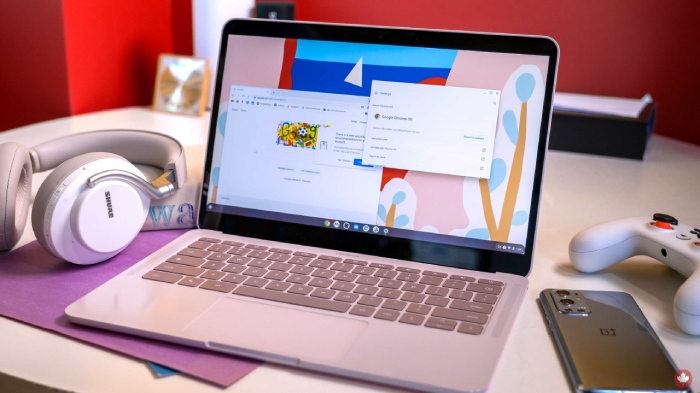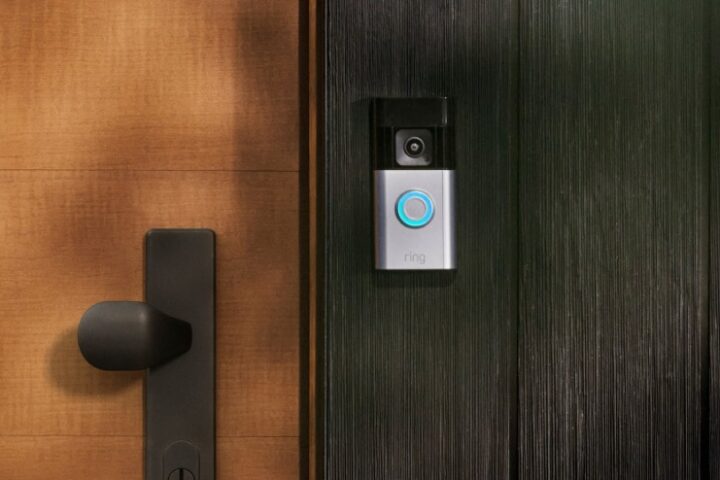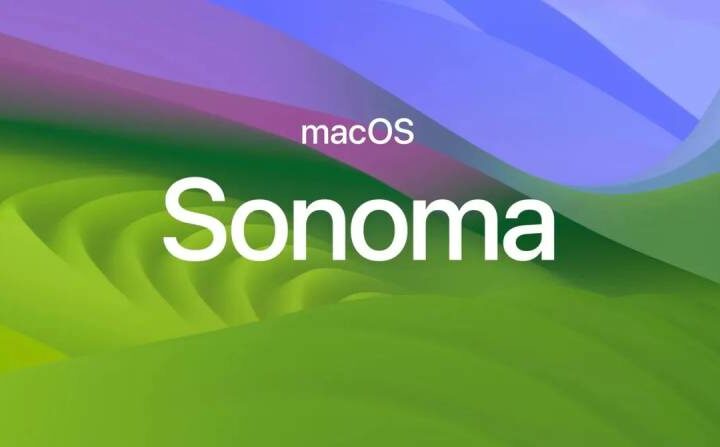Today, Google is releasing Chrome OS Flex, an updated version of Chrome OS that can be installed and used in businesses and educational institutions on ageing PCs and Macs. After testing Chrome OS Flex in an early access beta earlier this year, Google has finally fixed 600 problems to make Flex available to businesses and educational institutions right away.
As Google has tested and verified devices from Acer, Asus, Dell, HP, Lenovo, LG, Toshiba, and many more OEMs, Chrome OS Flex is primarily intended for companies using old Windows PCs. Even some older Macs, such certain MacBooks that are ten years old, can run Flex.
With Chrome OS Flex, businesses don’t have to replace their existing gear in order to upgrade to the newest, most cutting-edge operating system, which is one of its major selling points. More than 400 devices have been verified to function with Chrome OS Flex, and installation is as simple as installing Chrome OS Flex from a USB drive.
Thomas Riedl, director of product, enterprise, and education at Google, notes that even if your device isn’t yet certified, you can still experience Chrome OS Flex. “We’re working on more certifications every day,” he adds. You might have a few minor glitches, instability, or boot issues with devices that aren’t officially supported.
Due to Google’s acquisition of Neverware, which had previously provided a programme called CloudReady that allowed customers to switch their old PCs over to Chrome OS, Chrome OS Flex is now available. It comes out less than a year after Microsoft unveiled Windows 11, which has strict hardware specifications that will exclude millions of older PCs.
Chrome OS Flex is being promoted by Google to businesses and educational institutions that wish to upgrade and streamline their IT infrastructure or enhance security and manageability. Even firms who are concerned with sustainability can benefit from it because it enables some businesses to consume less energy and less electronic trash.
But Chrome OS Flex, a solution to the expanding ransomware threat, will likely be the main attraction, especially for companies that have been affected and are willing to move away from Windows. Because Chrome OS is much more secure than Windows, attacks by hackers are more challenging.
Across December, a ransomware attack on Nordic Choice Properties caused the closure of 200 of its hotels in Scandinavia. The hotel’s systems were taken hostage by the Conti ransomware, which the US government has been actively pursuing. The hotel company had been thinking about switching to Chrome OS as part of a sustainability strategy, and it was able to convert its 2,000 Windows computers to Chrome OS Flex right away in less than 48 hours. An instruction sheet for the upgrading was provided to employees on USB keys.
Not many organizations and corporations will find it simple to convert to Chrome OS Flex, especially if they rely on current Windows applications and infrastructure that was created with Windows in mind. Although virtualization tools like Cameyo are helpful, Microsoft has controlled PCs for more than 30 years, so there are ingrained dependencies that are often impossible to overcome. As we saw last year with two poor Chrome OS updates that caused some users to lose access to their Chromebooks and others to experience performance issues, relying completely on a cloud-powered OS has its own drawbacks.
Chromebooks have certainly proven to the world that there is a viable alternative to Windows, especially in the field of education, where it has flourished as a result of Chromebooks. For those looking to ditch Windows, Chrome OS Flex is yet another option.
- How to Check IIT GATE 2025 Results Online? Complete Guide - March 19, 2025
- Deadmau5 Sells Song Catalog for $55M to Launch New Music Venture - March 6, 2025
- Japanese Girl Group F5ve to Drop Debut Album ‘Sequence 01’ in May - March 6, 2025









